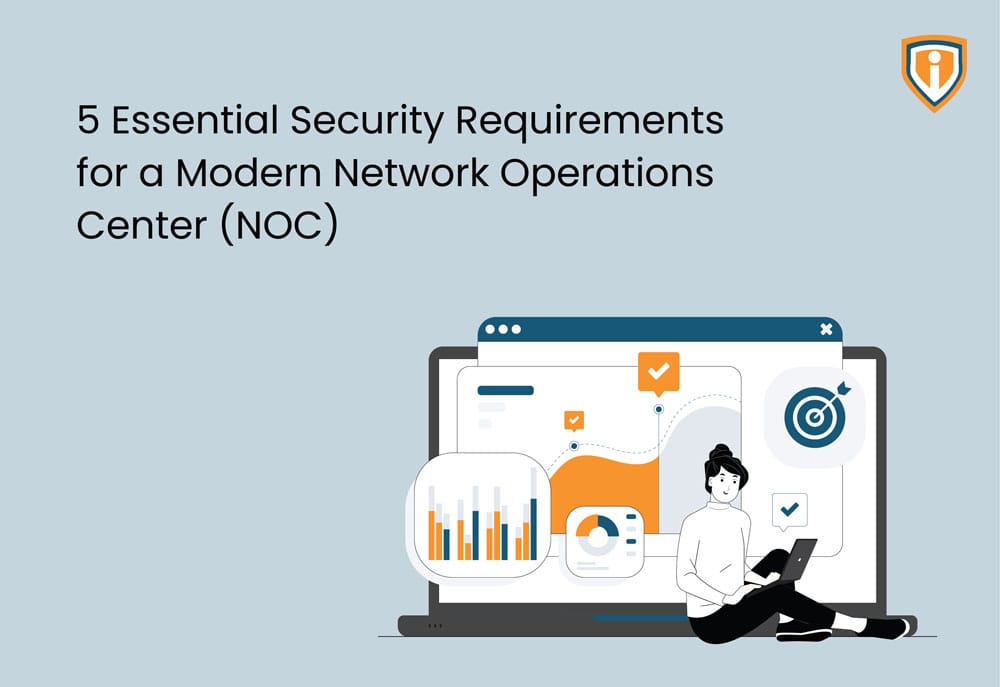In the digital age that we live in, anything is quantifiable. When you put the effort in, you expect results and plan further on that basis. But how do you determine what works best for your MSP business? In order to make better judgments and guide the company toward success, you must monitor various business indicators, including marketing ROI, Revenue, and customer happiness.
You should monitor a few key indicators and KPIs to ensure your company is on the correct road and that the capital you invest in various parts of your company is being used effectively.
You may use these metrics to evaluate the efforts of your sales representatives and your selling process. They serve as vital compass points for your commercial activity. Most Technology Partners rely on KPIs to guide their sales procedures, affect client relations tactics, and inform company growth decisions.
Utilizing KPIs’ potential can do the following:
- Assist your business in quicker capturing rising trends,
- Make better use of the resources that are at hand.
- Maintain consumer satisfaction with your services.
9 key performance indicators (KPIs) for MSPs that are crucial to success-
- The Monthly Recurring Revenue (MRR)
Monthly recurring Revenue is the consistent money you receive from your members each month. You may acquire practical knowledge on what you must accomplish to boost your company’s growth by monitoring your MRR. Other elements, such as profitability, taxes, and so on, necessitate a thorough grasp of your company’s sales.
MRR = The total of your monthly recurring revenue payments
- Cost of Goods and Services Sold
This financial KPI, also known as COGS, depicts the total amount of the labor, service, material, and shipping fees that your company necessitates directly from providing managed services. In addition to the expenses involved from operational costs such as training, software, infrastructure, travel, and competent service fees.
COGS that rise too quickly indicate that your firm is functioning inefficiently, and you may enhance profit margins by lowering the price of your labor, software applications, or other expenditures.
COGS = License costs + Labor costs + Delivery costs
- Net Operating Income
The money you make as an MSP is essential in determining the viability of your MSP firm. It is among the most often used success metrics. You should search for strategies to reduce expenses or increase sales if the overall net operating income becomes less than 10% of the company’s total revenues. Another comparable metric is EBITDA (earnings before interest, taxes, depreciation, and amortization). In contrast, it is simpler to compute net operating income.
Net operating income = Total revenues – Operating expenses
- Client contribution
The worth of a customer may best be determined by MSPs using this KPI. The average profit earned by each client is calculated using CC (client contribution). You may use this measure to estimate how much cash you spend on supporting your customers and which ones are unproductive. Knowing this allows you to find a strategy to reduce overall expenditures while increasing revenues.
CC = Average Revenue per customer – Average cost of goods sold
- Customer lifetime value (CLV) and customer acquisition cost (CAC)
MSPs must invest money to bring in new clients, regardless of their size. The average cost of gaining a single client is referred to as CAC. Every MSP is required to evaluate the CAC by contrasting it with the operating profit produced by the client. The customer lifetime value (CLV) statistic calculates a client’s profit. Every corporation must ensure that its CLV exceeds its CAC.
CAC = Total marketing expenditures for obtaining new consumers divided by the number of new clients obtained
CLV = Revenue earned by a client less the initial cost of acquiring the consumer.
- Rate of consumption of resources
MSPs use this key performance indicator to measure how well they use their capabilities. The proportion of an individual’s available time spent on productive, chargeable work is used to compute the resource utilization rate. With this statistic, you may calculate the amount of time spent on non-billable tasks and allocate your resources more effectively.
Resource utilization rate = Total billable hours/Total resource hours available
- Response time on average
This KPI measures the average time it takes your employees and technicians to reply to client contact. To make your consumers delighted, you must have a rapid reaction time. This is vital in gaining your clients’ confidence and increasing their retention.
Average response time = first response time divided by the number of tickets
- Drop-off rate
This is the proportion of clients that discontinue utilizing your products after subscribing to them. A turnover rate of 10% or less is beneficial to your company. If it rises any more, you must determine why your clients no longer desire your service and fix the issues as soon as possible.
- Administrative costs
These are expenditures unrelated to the MSP operation. It might include essential expenditures like building costs, personnel, internal IT, office expenses, taxes, etc. To assure improved profitability, MSPs with operational expenditures that exceed 20% of sales must reduce them.
Final Thoughts
Maintaining and measuring KPIs may significantly impact how you operate your organization. While there are several KPIs to consider, it is critical that you comprehend what every KPI represents and if they are the appropriate KPIs for your firm. Each KPI must be measured against historical data and current market trends. Look for trends, possibilities, and deviations so that you can choose the best course of action.
Performance metrics play an essential part in assisting organizations in growing. MSPs who regularly track their performance have a significant advantage over competitors since they learn what works and doesn’t. The KPIs described above are appropriate for any growth-oriented MSP to make it prominent in the industry.





